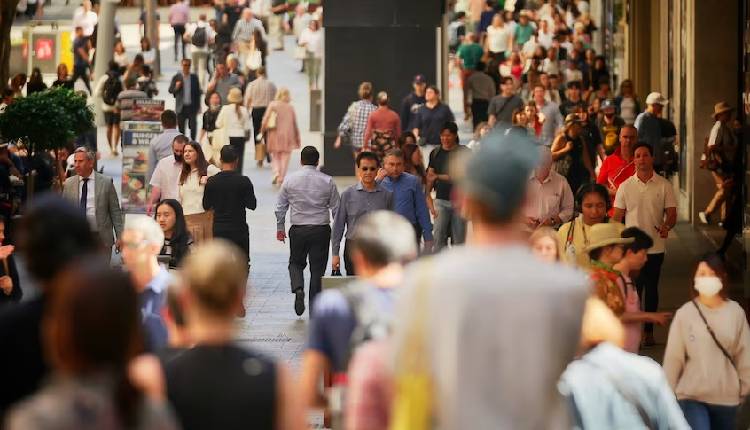Australia’s economy experienced a slowdown in the last quarter of the previous year, with a deepening per capita recession due to increased rates and costs of living impacting household spending, Bloomberg reported on Wednesday.
The gross domestic product (GDP) grew by 0.2 per cent, a decrease from the revised 0.3 per cent in the preceding quarter.
The economy expanded by 1.5 per cent compared to the previous year, which was the weakest annual result, excluding the pandemic period, since Q4 2000 and below the decade’s average of 2.4 per cent.
On a per capita basis, the GDP fell by 0.3 per cent from Q3 and was 1 per cent lower than the previous year, marking the most significant downturn outside of the COVID era since 1991.
This slowdown may put pressure on the Reserve Bank to start an easing cycle this year after maintaining rates in its last two meetings.
Household consumption growth is struggling due to tight policy settings, contributing to the Australian economy’s cyclical low point.
Despite a slowdown in growth each quarter, Australia’s economy remains positive, driven primarily by government spending and private business investment, which outpace household consumption.
Government expenditure increased by 0.6 per cent in Q4, contributing 0.1 percentage point to the GDP. Households saved more, with the savings ratio rising to 3.2 per cent from a revised 1.9 per cent, while their spending remained relatively unchanged.
Government spending was primarily driven by benefits for households, increased spending on medical products and services, and higher employee expenses across Commonwealth departments.
A referendum for an Indigenous advisory body to Parliament also contributed to the rise in employee expenses.
Households increased their spending on essential items like electricity and rent but reduced discretionary spending on hotels, cafes, and restaurants.


